Recently, I have been asked how an old slave clock could be controlled, it was saved from being scrapped, when a local train station closed down. It is really big and heavy. Eventually, I checked it out and it can be operated from 12 V, 24 V, or higher voltages by adding a resistor. We decided to operate it on 12 V, simply because one of the slides (this is two-sided slave clock) had already been set to this value.
In order to control the slave clock, we have to send a 1~2 second long voltage pulse, every minute, in alternating polarity. Then the minute hand will advance minute by minute. There is no second hand on this slave clock.
The control board is fairly simple, to test it all out, I soldered it on a piece of prototype board. Main control is by an ATMEGA8 microcontroller. This is using its own clock, from a Kyocera HC1 crystal oscillator to derive a 1 minute time interval, and and auxiliary 1 second output, for calibration purposes.
The actual adjustment of the clock is done in software, because the oscillator is pretty stable, and this is just a test circuit. If the slave clock will be a minute off, or two, nobody will mind.
The clock drive is completely separate from the controller, isolated by optocouplers. I used a small transformer, with dual 12 V output (because it is small current only, the output voltage is high enough, but you may use a 15 V transformer if it is handy).
Seems we are about 25 ppm out. After correction, the clock was running well within 1 ppm, fractions of a second per day.
To make the contraption a safe and useful thing, I put it in a little box, with some cables and feed-throughs.
Now it is up for some long term test, let’s see if it needs any modification.


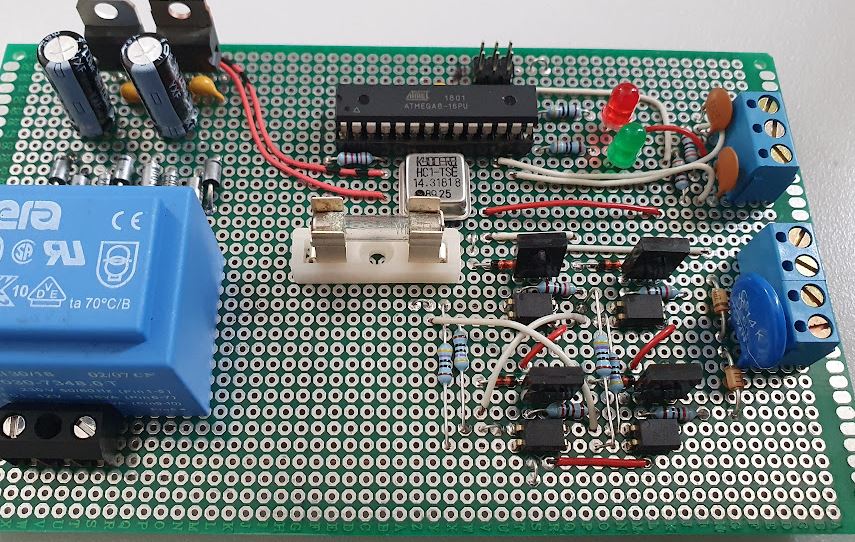
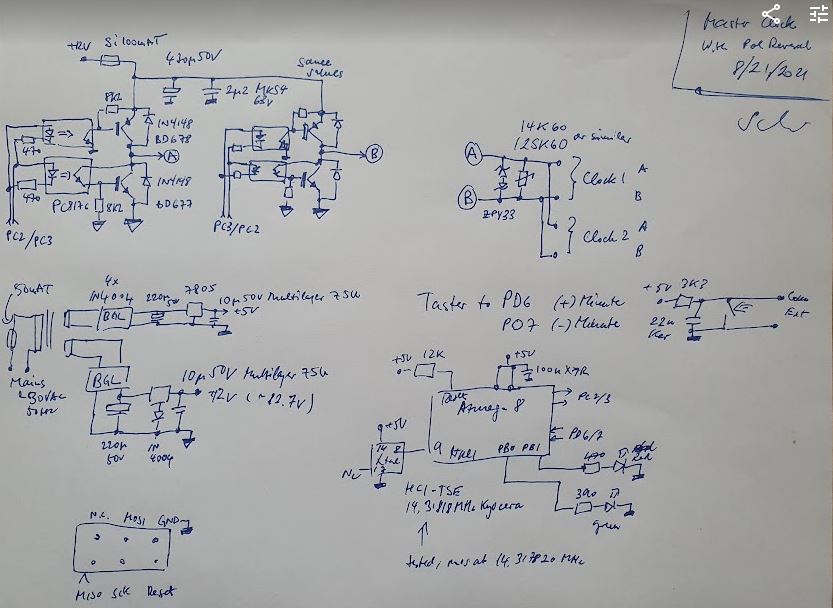
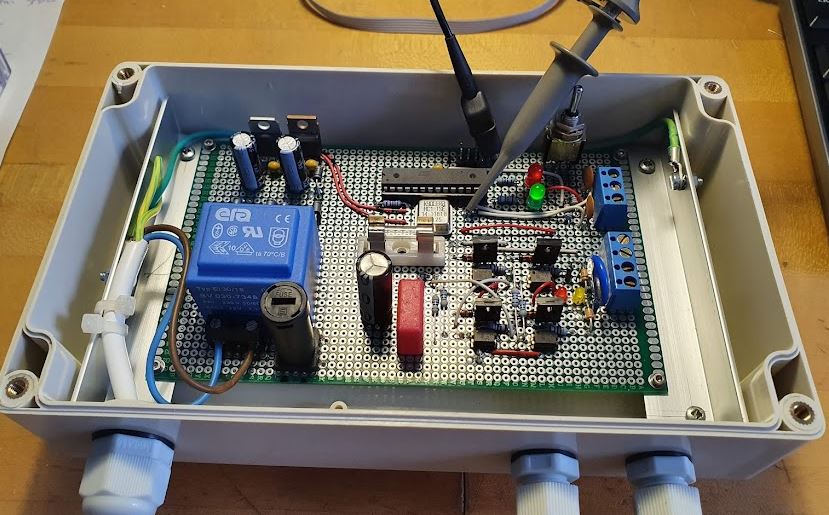
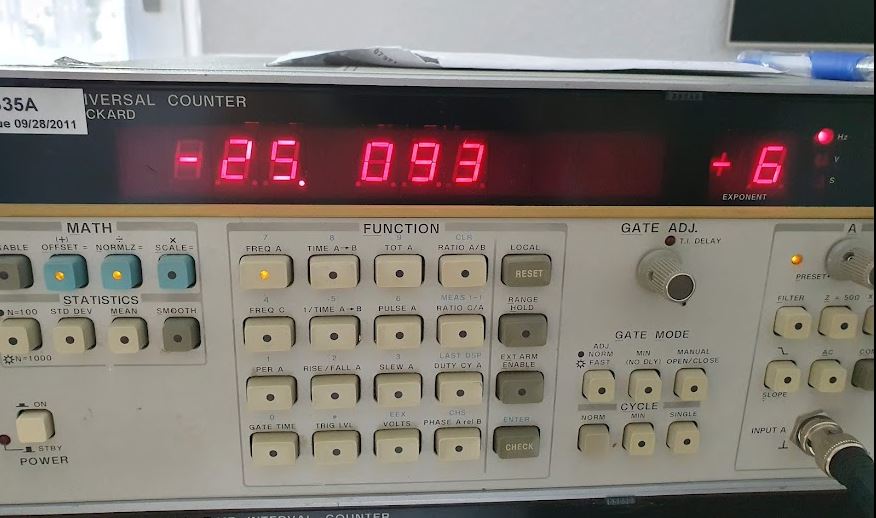
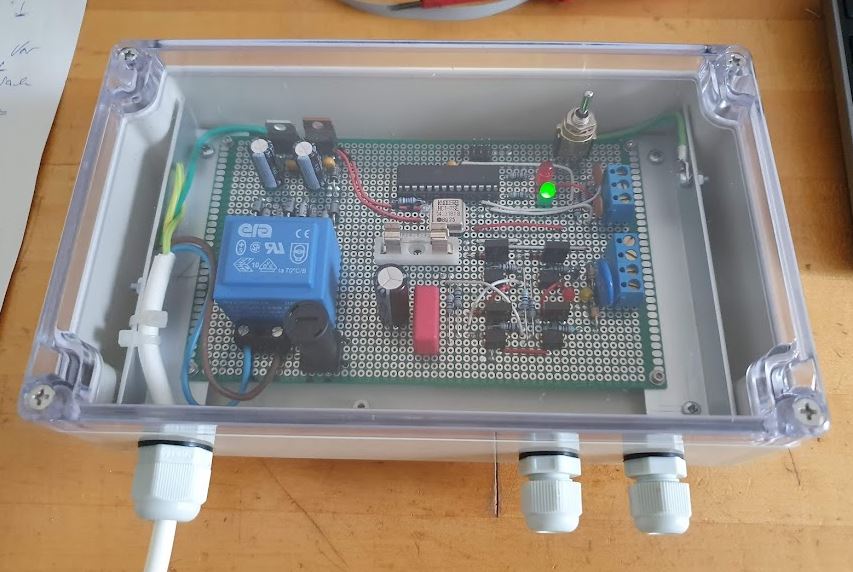
Nice clock 🙂
I did something like this some years ago, but I synchronized it to the mains frequency. Them it should be fairly accurate long term
/Hans J
That’s a good idea!